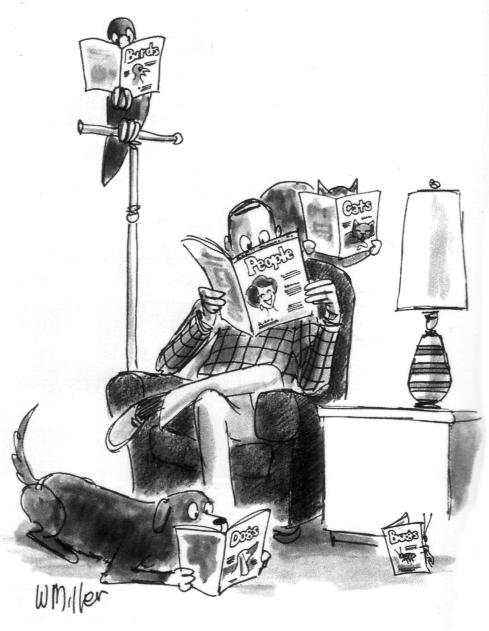Social Media 1

“What the ‘social’ in today’s ‘social media‘ really means[?]
… It seems that social media solves the organisational problems that the suburban baby-boom generation faced fifty years ago: boredom, isolation, depression, and desire. … The social … is reanimated as a simulacrum of its own ability to create meaningful and lasting social relations.
… Historical subjects, once defined as citizen or members of a class possessing certain rights, have been transformed into subjects with agency, dynamic actors called ‘users’, [or] customers … The social no longer manifests itself primarily as a class, movement or mob … Nowadays, the social manifests itself as a network. …
The institutional part of life is another matter, a realm that quickly falls behind, becoming a parallel universe. It is tempting to remain positive and portray a synthesis … between the formalized power structures inside institutions and the growing influence of informal networks.
But there is little evidence of this … The PR-driven belief that social media will, one day, be integrated, is nothing more than New Age optimism in a time of growing tensions over scarce resources. The social, which used to be the glue for repairing historical damage, can quickly turn into unstable, explosive material.
… The term ‘social’ has effectively been neutralized in its cynical reduction to data porn. …
We will end up in an antisocial future, characterized by the ‘loneliness of the isolated man in the connected crowd. Confined inside the software cages of Facebook, Google, and their clones, users are encouraged to reduce their social life to ‘sharing’ information. … Programmers these days loosely glue everything together with code. Connect persons to data objects to persons. That’s the social today.”
aus: Geert Lovink: What is the Social in Social Media? In: The internet does not exist, e-flux journal. Berlin: Steinberg-Press 2015, S.164-181, Im Internet.
Abb.: Warren Miller, The New Yorker, 15.6.1987.
06/15